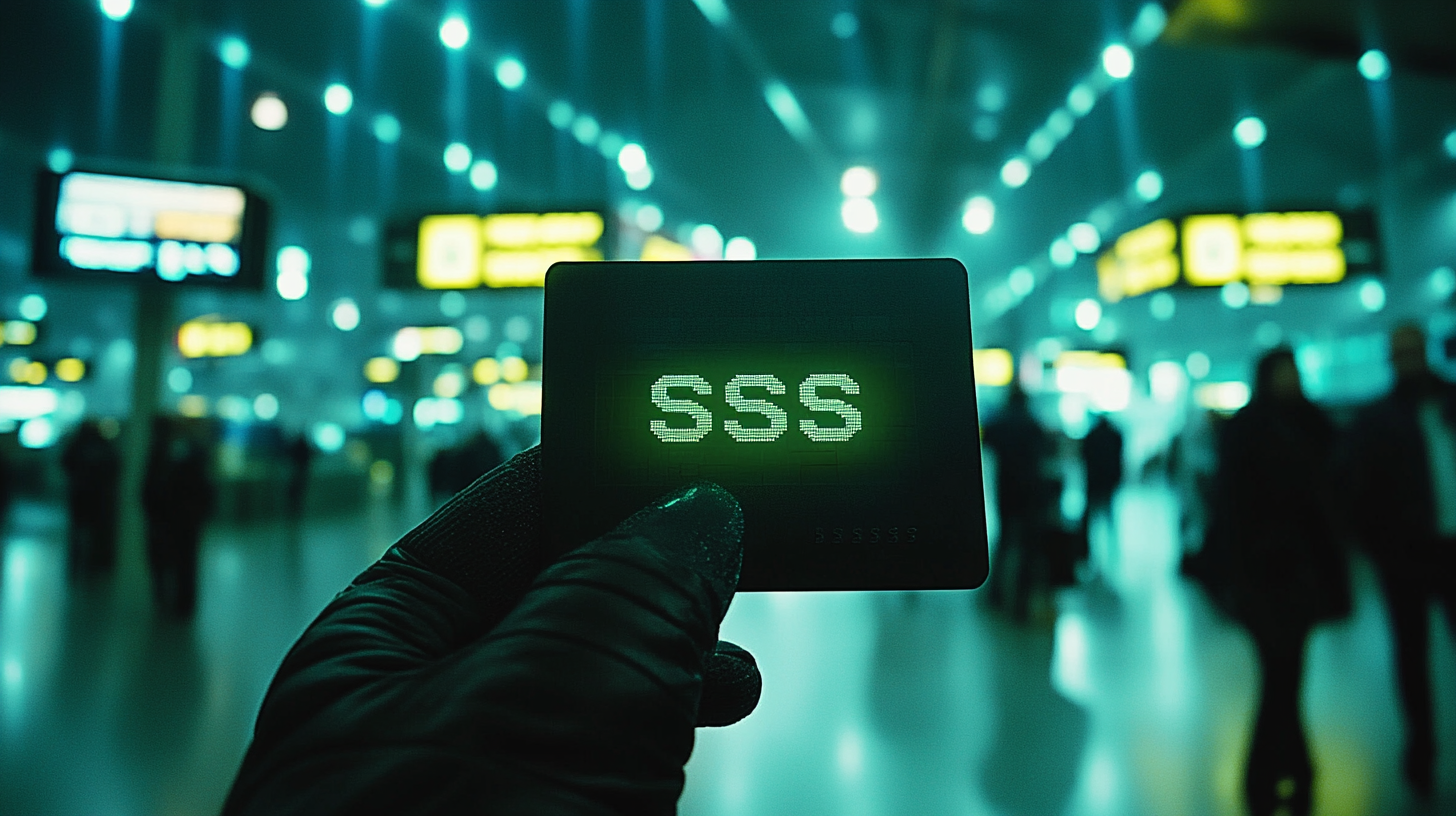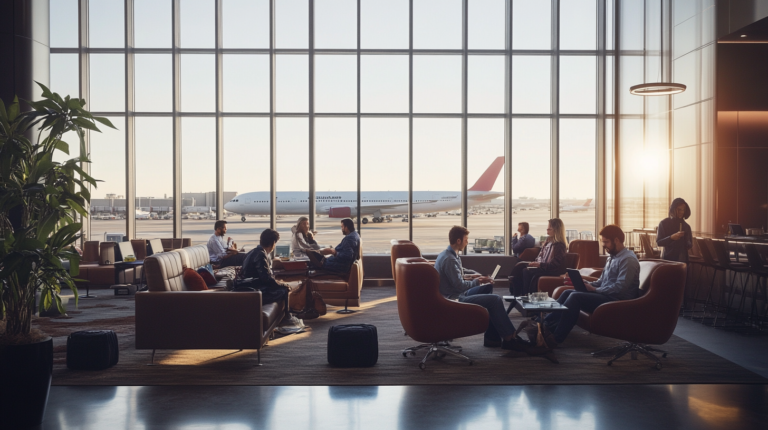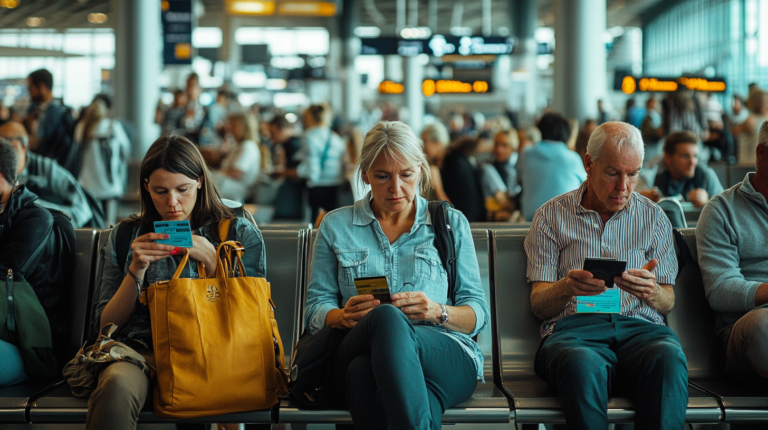SSSS Boarding Pass? Decoding This Mysterious Airport Code
Traveling by air is like stepping into a world of its own, complete with its own language of acronyms and codes. While most of these are just part of the routine, some can make you pause and wonder. Picture this: you’re at the airport, buzzing with excitement for your trip, when you spot the letters “SSSS” on your boarding pass. A wave of curiosity—or maybe a tinge of anxiety—hits you. What does this mean? Are you in hot water? Relax, you’re not the first to encounter this cryptic code. Many travelers have been in your shoes. Let’s dive into the mystery of the SSSS code and see what it means for your journey.
What Does SSSS Stand For?

The code SSSS stands for Secondary Security Screening Selection. It’s a signal from the Transportation Security Administration (TSA) that a passenger has been picked for extra security checks. This usually means a more detailed screening before you board, especially if you’re flying to or within the United States. Since global security concerns have tightened airport protocols, the TSA uses measures like SSSS to boost passenger safety. Knowing what this code means can ease your worries and help you prepare for a smoother airport experience.
Why Are Passengers Selected for SSSS?

There are several reasons why you might see the SSSS mark:
- Random Selection: The TSA’s Secure Flight program includes a random element, so anyone might be chosen without a specific reason. Even if you’re a model traveler who follows all the rules, “SSSS” might appear on your boarding pass just by chance.
- Travel Patterns: Unusual or inconsistent travel habits, like last-minute bookings, one-way tickets, or frequent trips to certain countries, can raise eyebrows. For example, buying a one-way ticket to an international spot at the last minute might seem suspicious. The TSA keeps an eye on these patterns to spot potentially risky behaviors.
- High-Risk Destinations: Traveling to or from countries considered high-risk can up the odds of being selected. If your itinerary includes such places, be ready for possible extra screening.
- Payment Methods: Buying your ticket with cash instead of a credit card might draw more attention. Cash transactions lack the digital trail that credit card purchases leave, which can be seen as suspicious by security agencies.
- Watchlist Matches: If your name is similar to one on TSA watchlists, you might get the SSSS mark. If this happens, you may need to deal with additional screening. For more on handling watchlist misidentification, check out Understanding and Resolving TSA Watchlist Issues.
It’s crucial to understand that being picked for secondary screening doesn’t label you as a threat. Even members of trusted traveler programs like TSA PreCheck or Global Entry can get the SSSS code. This highlights the thorough nature of security measures designed to protect all travelers. For insights into how TSA PreCheck works and its benefits, consider The Comprehensive Guide to TSA PreCheck Benefits and Limitations.
Recognizing Signs of SSSS Selection

Besides the code on your boarding pass, other clues might hint that you’ve been selected:
- Check-In Difficulties: If you can’t check in online or at an airport kiosk, you might need to see an agent. If you try to check in and get an error message telling you to see a ticket agent, this could be an early sign of SSSS selection.
- Delayed Boarding Pass Issuance: Getting your boarding pass at the gate instead of during check-in could be a sign. This unusual step often means extra security protocols are in place. For a detailed understanding of the Secure Flight program and its impact on passengers, read Exploring the TSA’s Secure Flight Program and Passenger Screening.
What to Expect During Secondary Screening
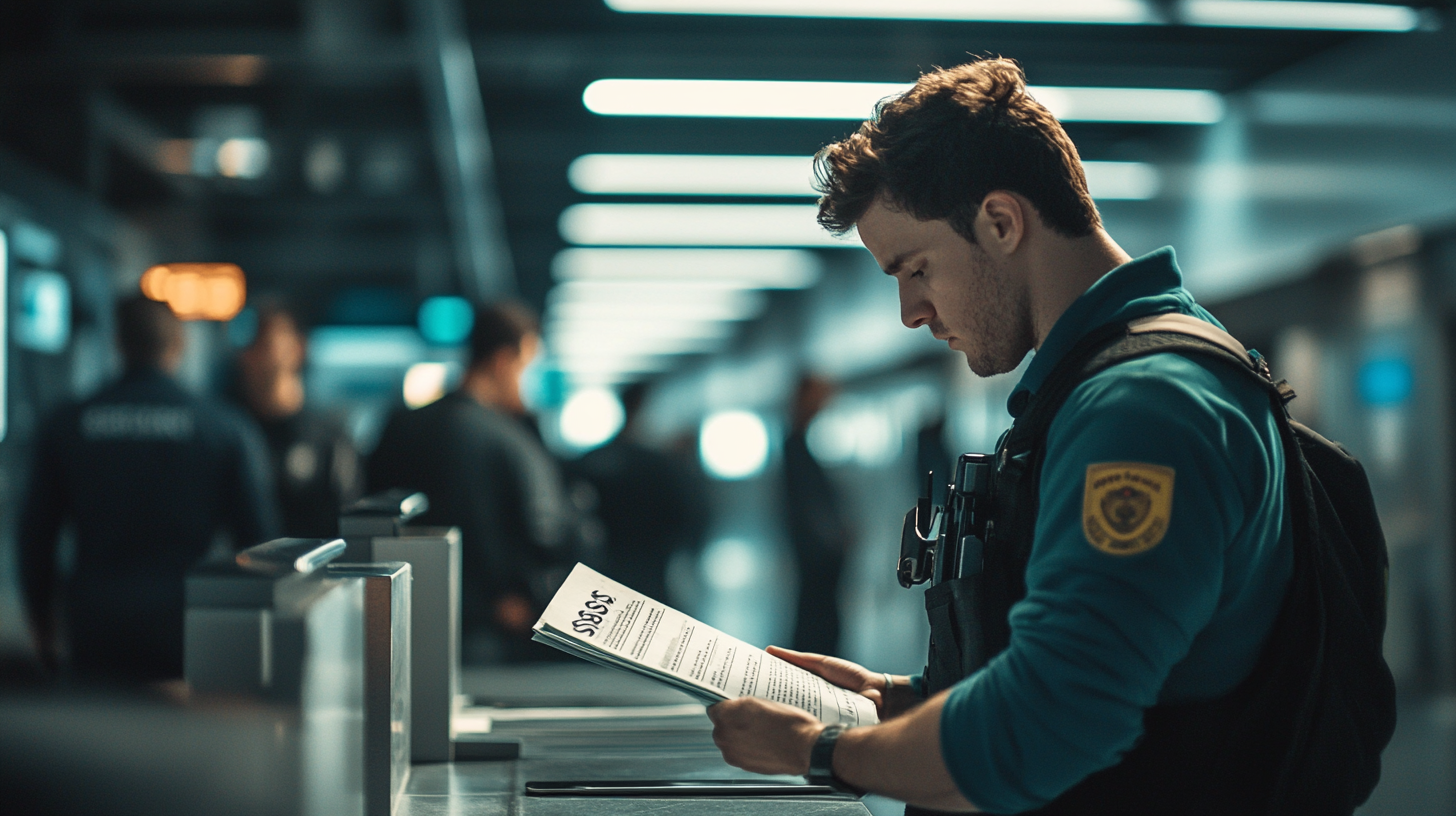
If your boarding pass has the SSSS code, here’s what you can expect:
- Identity Verification: TSA agents will thoroughly check your ID and travel documents. Be ready for a detailed examination of your passport or ID, and possibly some extra questions to confirm your identity.
- Comprehensive Pat-Downs: Expect a detailed physical screening, which might include a full-body pat-down. The security agent may conduct an extensive pat-down to check for any prohibited items that standard screening equipment might miss.
- Luggage Inspection: Your carry-on items will undergo meticulous examination, including swabbing for explosives or prohibited substances. All items in your luggage will likely be removed and inspected individually.
- Electronic Device Scrutiny: Laptops, phones, and other gadgets may be inspected and tested for security purposes. Be prepared to power on electronic devices; agents might ask you to turn them on to prove they are functioning properly.
- Questioning: You might be asked about your travel itinerary, reasons for travel, and other pertinent details. Answering these questions clearly and courteously can help expedite the process. For more on what the TSA can ask during screenings, consider Understanding Your Rights During TSA Security Screenings.
This enhanced screening aims to ensure the safety of all passengers and can add anywhere from 15 to 45 minutes to your security process. Given that these procedures can significantly extend your time at security, especially during peak travel periods, it’s advisable to arrive at the airport earlier than usual to accommodate this.
Tips for Navigating the SSSS Process
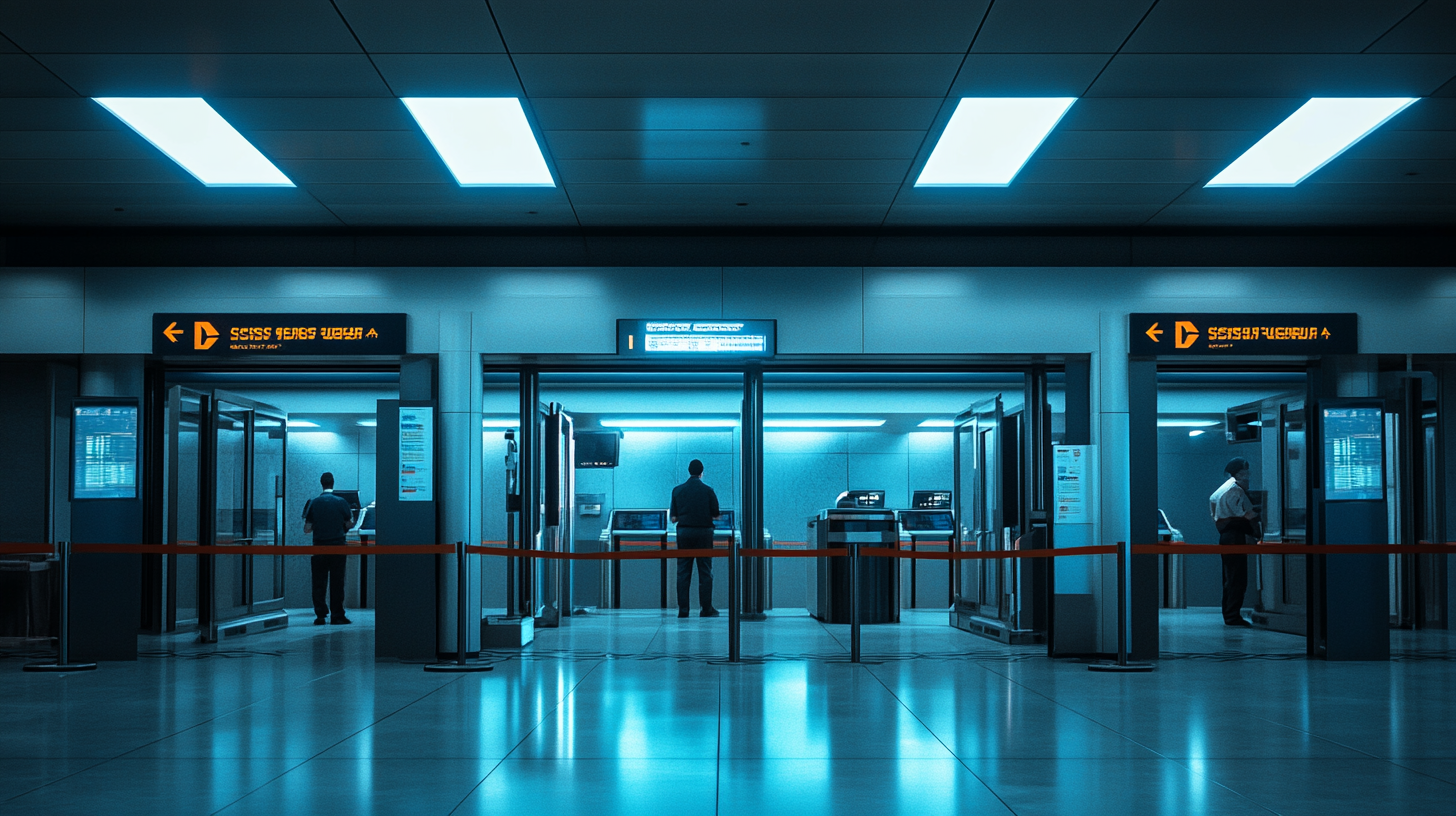
Handling secondary screening can be smoother with these strategies:
- Arrive Early: Allocate extra time for the additional security measures to avoid rushing or missing your flight. Plan to arrive at the airport at least three hours before an international flight and two hours before a domestic flight.
- Stay Organized: Pack your carry-on neatly, making it easier for agents to inspect your belongings. Use clear packing cubes or bags for electronics and toiletries. This organization speeds up the screening process and reduces the chances of items being misplaced.
- Be Cooperative: Respond politely to all questions and comply with agent requests to expedite the process. Understanding that TSA agents are performing their duties to ensure safety can help you maintain a respectful demeanor.
- Avoid Prohibited Items: Ensure you’re adhering to all TSA guidelines regarding liquids, electronics, and other restricted items. Double-check the TSA’s list of prohibited items before packing. For a complete checklist, see TSA’s Updated List of Prohibited Items for Carry-On Luggage.
Remember, TSA agents are tasked with maintaining security, and cooperation can help minimize delays. Patience and understanding go a long way. Recognizing that these measures are in place for the collective safety of all passengers can make the process less stressful.
Can You Avoid Being Selected?

While there’s no guaranteed method to prevent SSSS selection, certain steps might reduce the chances:
- Consistent Travel Plans: Book flights in advance and avoid last-minute or one-way bookings when possible. Maintaining a consistent booking pattern may help you be perceived as a lower-risk traveler.
- Use Standard Payment Methods: Paying with a credit or debit card instead of cash can decrease scrutiny. Electronic transactions provide a transparent trail, which is preferred by security agencies.
- Apply for a Redress Number: If you frequently receive the SSSS mark, consider applying through the Department of Homeland Security’s Traveler Redress Inquiry Program (DHS TRIP). A redress number can help clarify your identity and address potential misidentification issues. For step-by-step guidance on applying, refer to Navigating the DHS TRIP Redress Process for Frequent Travelers.
However, as selections can be random, there’s no foolproof way to avoid it entirely. Security protocols are designed to be unpredictable to ensure potential threats cannot easily circumvent the system.
Coping with Frequent SSSS Selections
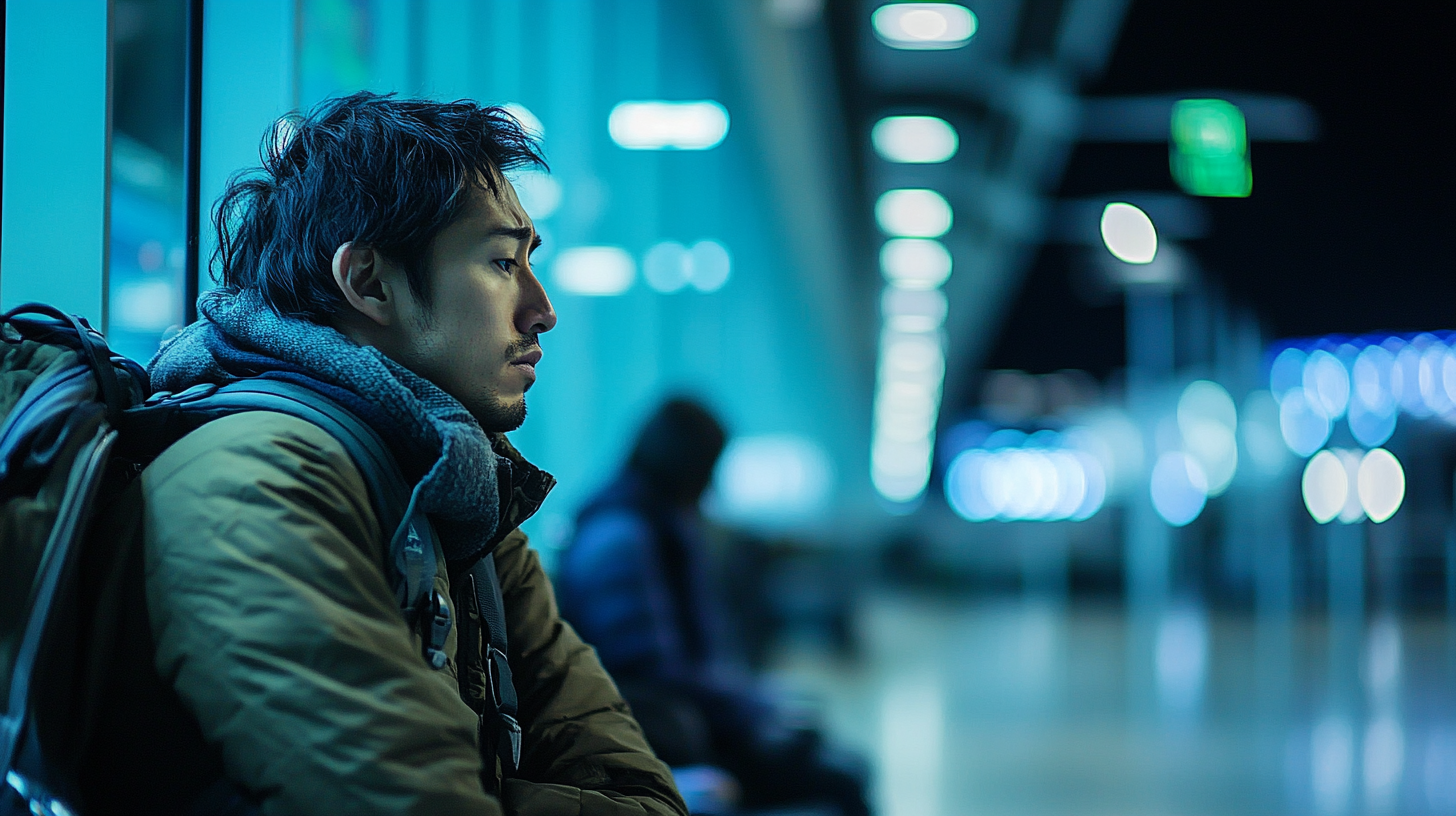
Some travelers might experience repeated secondary screenings, which can be frustrating. Here’s what you can do:
- Investigate Potential Causes: Reflect on your travel habits or recent destinations that might trigger extra scrutiny. Understanding the factors contributing to repeated selections can help you adjust future travel plans accordingly.
- Utilize DHS TRIP: As mentioned, applying for a redress number might alleviate repeated selections over time. Provide all requested documentation and be thorough in your explanations. While the process may take time, it can lead to smoother travel experiences.
- Maintain Documentation: Keep copies of your DHS TRIP correspondence and any other relevant documents when traveling. Carrying physical or digital copies can provide immediate verification and assist agents in processing your screening more efficiently.
Be aware that the redress process can be lengthy and doesn’t guarantee immediate results, but it’s a step toward resolving persistent issues. Persistence and patience are key. Stay proactive and keep communication lines open with the appropriate authorities to ensure your concerns are being addressed. For more strategies on handling repeated security screenings, consult Effective Ways to Manage Frequent TSA Security Checks.
Final Thoughts

Finding the SSSS code on your boarding pass can be an unexpected twist in your travel plans. Knowing what it means and how to handle the extra screening can significantly ease any stress or inconvenience. While the selection process might seem mysterious and sometimes unjustified, it’s part of broader efforts to keep aviation safe. By staying informed and prepared, you can navigate this process smoothly and continue to enjoy your travel adventures.
Travel is a wonderful way to connect with people and cultures. While extra security measures like the SSSS code can be a temporary hurdle, they’re there for the safety of all passengers. Embracing a proactive approach—by staying informed, preparing accordingly, and keeping a cooperative attitude—can turn a potentially stressful situation into a manageable part of your journey.
Join us back at milesBUZZ for more travel insights and tips. Remember, these measures are in place to protect you and ensure that air travel remains a safe mode of transportation for everyone.

